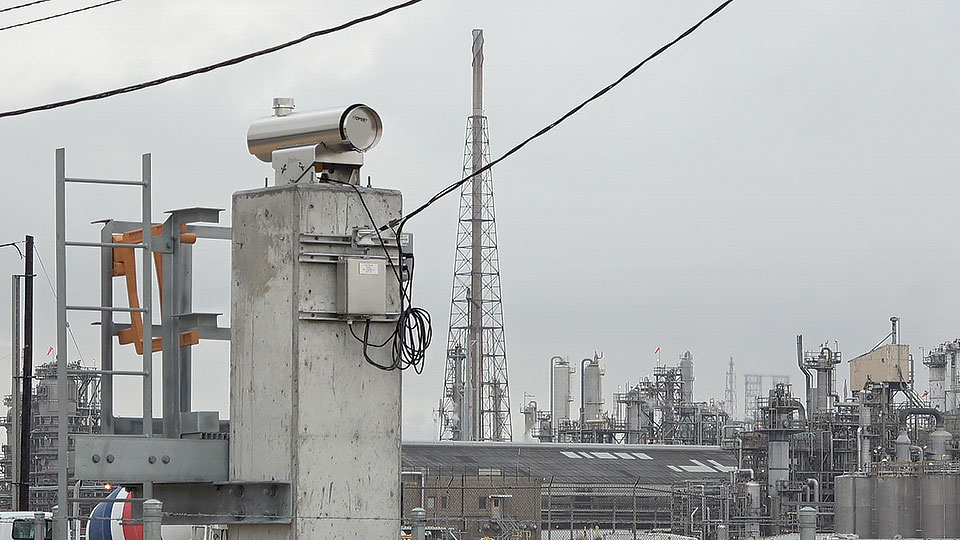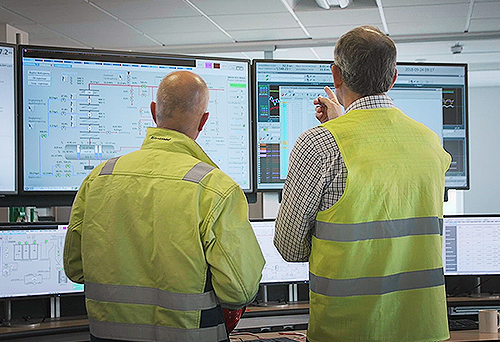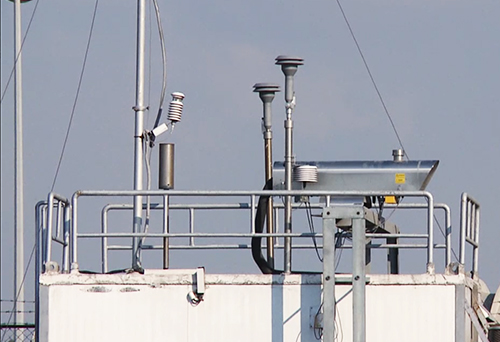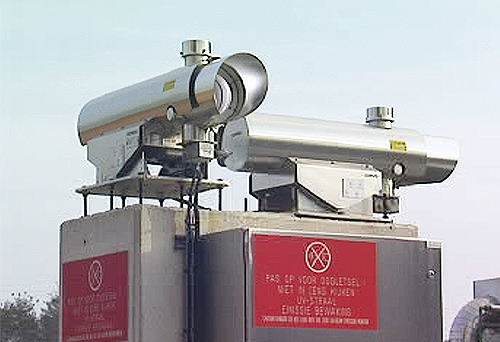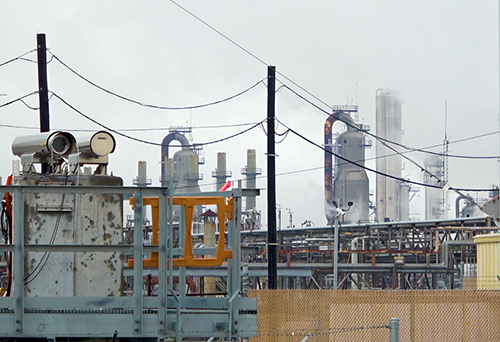Monitoring of fugitive emissions from industrial facilities
Most of the OPSIS gas analysis systems are based on monitoring methods with open measurement paths. This provides a perfect tool for monitoring the air quality and detecting any gas leaks from industrial facilities so that staff and nearby residents can be alerted and measures can be taken quickly.
MEASUREMENT AROUND AN INDUSTRIAL FACILITY
By placing monitoring paths around an industrial area, gas leaks can be effectively detected. The monitoring paths form a kind of fence around the area, hence the term "fence-line monitoring". By combining concentration data with meteorological information, it is possible to calculate where the emission sources are and with what flow the emissions occur.

CERTIFIED MONITORING SYSTEMS FOR MANY TYPES OF GASES
OPSIS' internationally tested and approved monitoring systems can monitor the concentrations of a range of generic gases such as nitric oxide (NO), sulfur dioxide (SO2), and ozone (O3), but also industry-specific substances including hydrocarbon compounds such as benzene, toluene, styrene, and xylenes and strong smelling compounds such as ammonia (NH3), formaldehyde, and phenol.
A single OPSIS gas analysis system can monitor the concentrations of several different types of gases along several monitoring paths. The systems combine the advantages of both the UV-DOAS, FTIR-DOAS, and TDL techniques and provide high performance and cost-effective solutions that generate representative monitoring data.
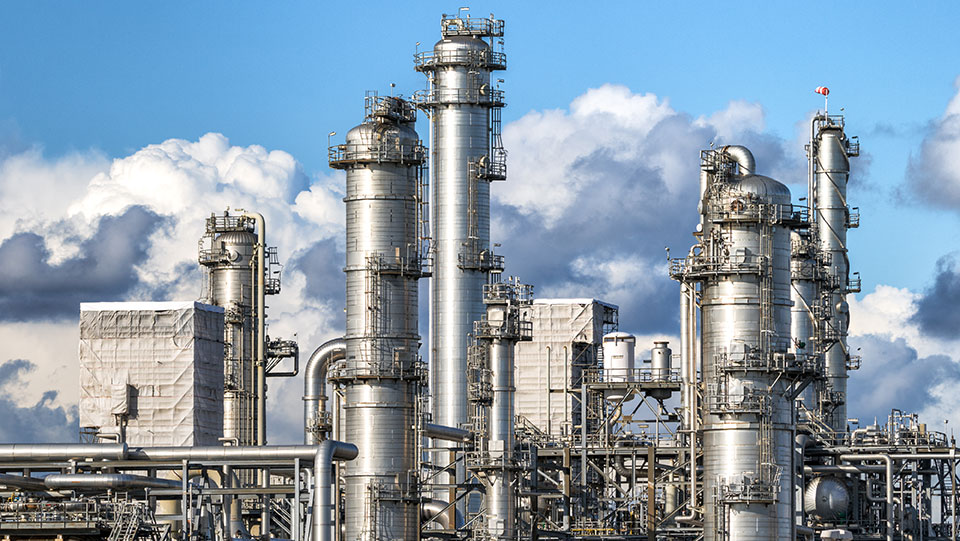
MONITORING OF AIR POLLUTION WITH OPSIS
There are multiple reasons for choosing OPSIS as supplier of systems for gas analysis. Among the key benefits of the methods and solutions offered by OPSIS are:
- the system solutions are well suited for alarms at exceeding levels
- can be installed in explosive environments
- cost-effective, non-contact technology with open monitoring path
- high availability of data
- representative data
- calibration of gas analysers only once a year
- low energy consumption
- long maintenance interval
- certified by German TÜV, U.S. EPA, and others.
